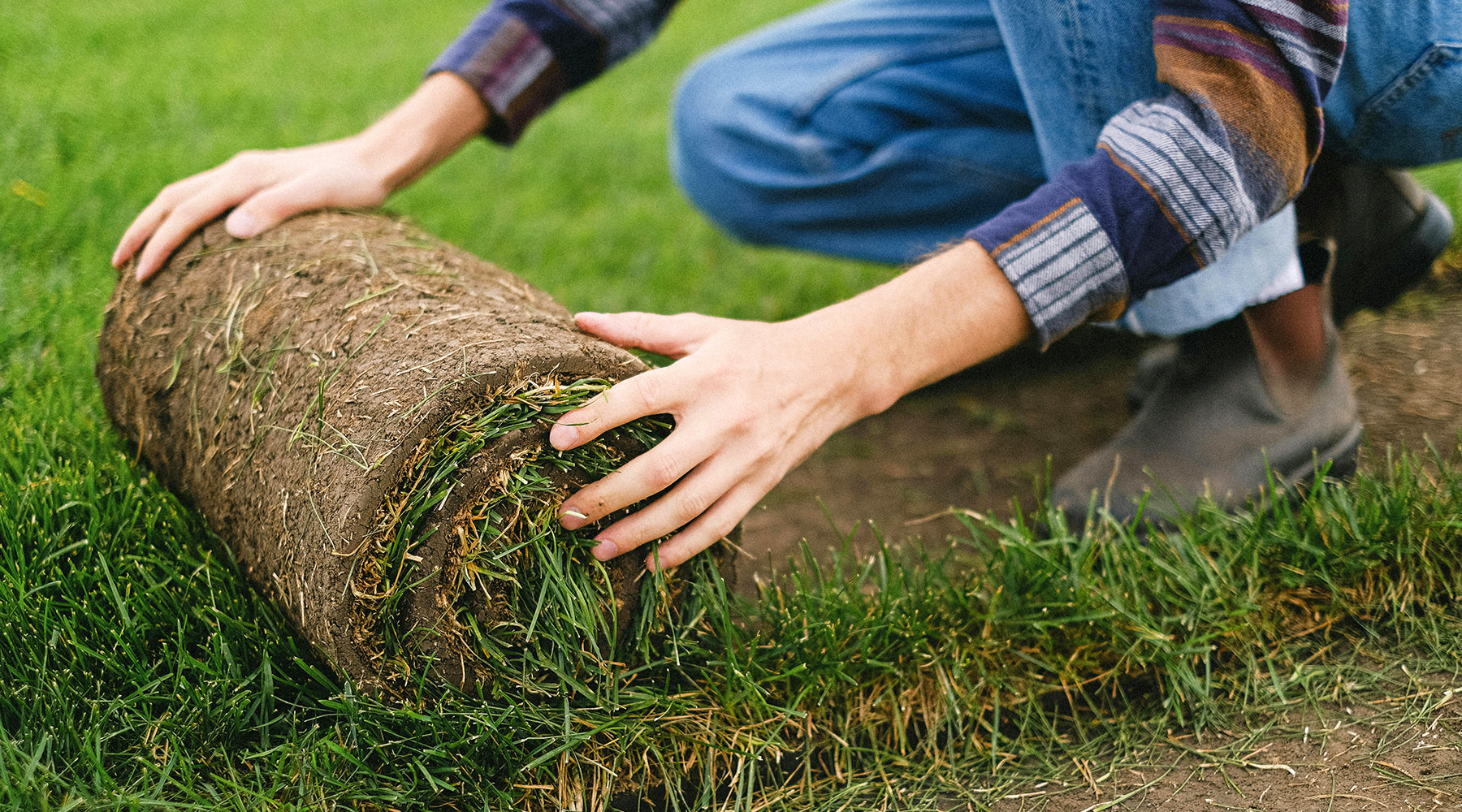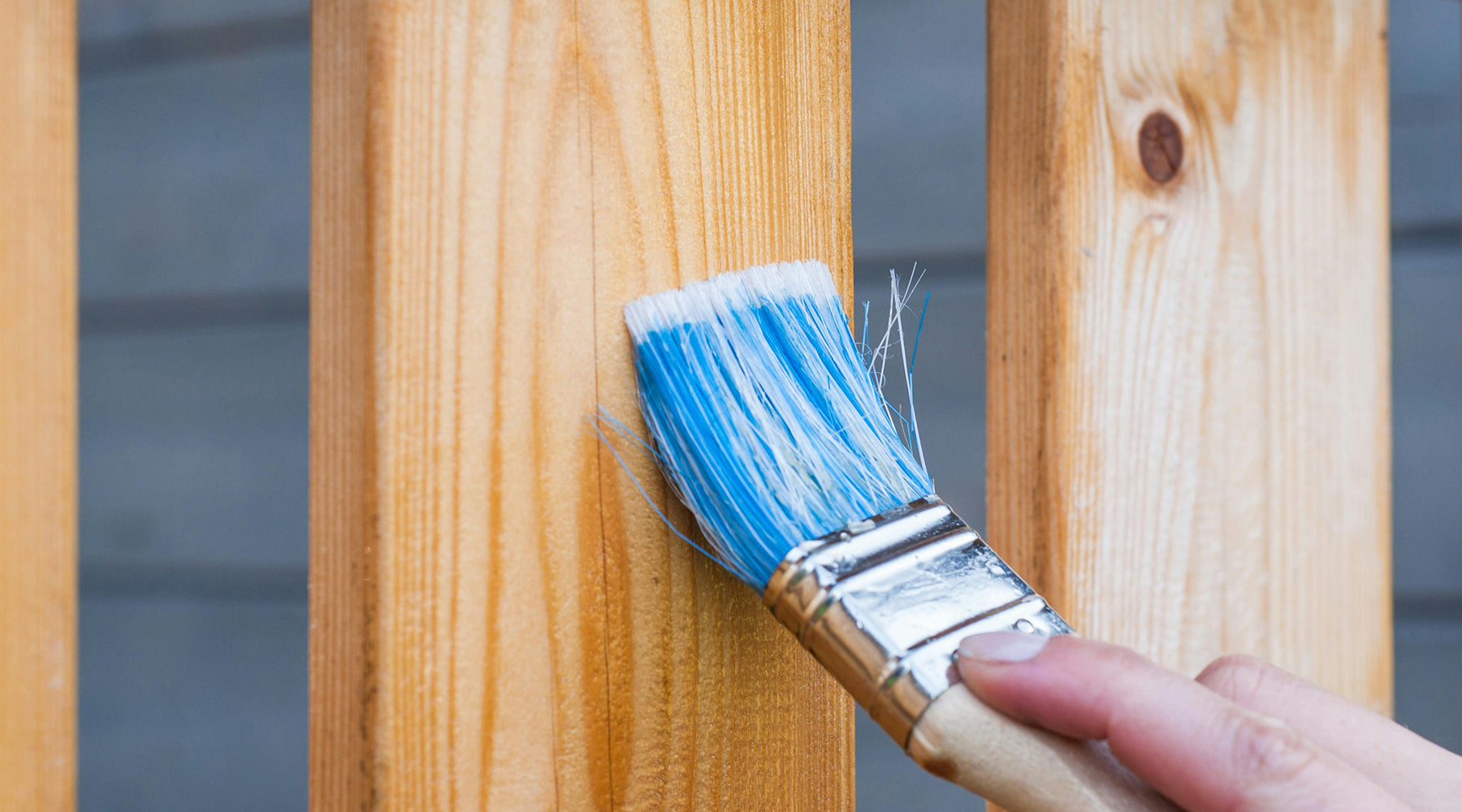
How to lay a lawn – to turf or to seed?
There is something about a green, lush lawn that is very appealing and can add to the appearance of your home. A lawn can take a little commitment to keep it looking good and, with climate change, there are some really attractive and hard-wearing alternatives to grass. But, if you have set your heart on a lawn, here is our guide to laying one.
If you choose to lay turf
Turf will give more instant impact than sewing seed but is probably a little more expensive, and you do need to be rigorous in your watering to ensure it establishes well. Here’s our guide:
Prepare the ground
Preparation is key to the health and long life of your lawn. Dig out any weeds and large stones first. Decide if there is enough quality topsoil to feed your lawn or if a soil improver would help. Then rake it to level out and gently compact the soil so you have a good, even surface to lay on (walking methodically over the soil is usually enough).
Lay the turf
It is essential to lay your turf as soon as you have it. Start laying the turf, preferably along a straight edge, butting closely end to end. On subsequent rows, stagger the joints. For a curved lawn, you might find it easier to start in the middle and work out. If your site is sloped, unroll your turf across the slope, not down it to help prevent it slipping down.
Lightly firm down the turves to ensure good contact between the turf roots and the soil. Any gaps between turves can be filled with sieved soil. Trim the ends of the turf to shape around any trees or paths.
Finally, where the outer edges of the new turf are exposed, cover them with a little sieved soil to prevent them drying out. (You can remove it once the turf is established).
Points to remember
Avoid walking on your new turf: use planks to spread the weight while laying it if you need to.
Always push turf into a joint; never stretch the turves by pulling them. Turf should not be allowed to dry out.
If you choose to sow from seed
Sowing a lawn from seed is probably cheaper than buying turf but it does take a little longer to establish and give that lush look. Our colleagues at Hambrooks Garden Centre sell seed if you decide to go down this route. Here’s how to sow it:
Prepare the ground
As for laying turf, prepare the ground by removing weeds and large stones, then levelling it out and gently compacting.
Buy your grass seed
It's important to buy the best grass seed for your soil type and situation so read the packets carefully: our Garden Centre colleagues can help you figure out which seed is most suitable if you’d like help. They offer a range of mixtures tailored for specific needs, like grass seed for shade or hard-wearing for families and dogs.
Sowing grass seed
When spreading grass seeds, it is important to sow the seed evenly at the recommended sowing rate. We advise using a grass seed spreader to ensure an even result. Mixing the seed with some dry sand can also help you to see where you have already been.
The new grass seeds must be in good contact with the soil to ensure they germinate properly so carefully treading or rolling the surface will help.
Water
Grass seed requires warmth, light and moisture to germinate; this should take about 2-3 weeks but will vary depending on the time of year. If the conditions are too dry in the first few weeks the seeds can die so gentle watering can help, but don’t overdo it as too much watering can bring the soil temperature down or may cause the seeds to rot.
When to mow your new lawn for the first time
Don’t mow your new lawn until the grass is at least 5cm high. This could be 6-8 weeks if you’ve used seed but a bit quicker for turf. Not mowing too soon gives it time to establish.
Before you cut it, check for obstacles, like stray stones, and remove them. Set the blades on your mower to their highest setting (ie the longest cut) and check the blades are shape. Blunt blades will damage the leaves, potentially weakening the plants.
After cutting, remove the clippings to ensure plenty of light and air to your lawn. And don’t mow again for another two weeks, at which time you can gradually lower your mower blades for a neater trim.



